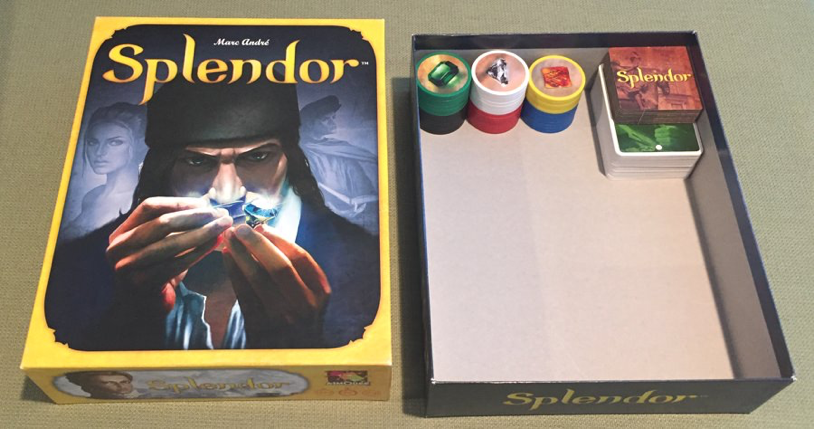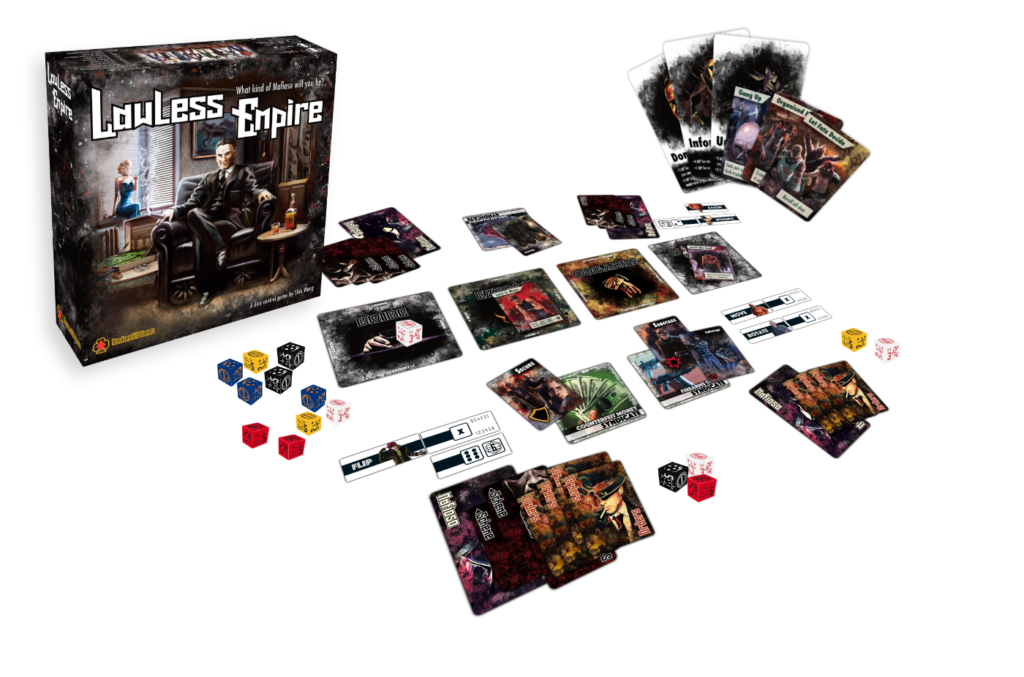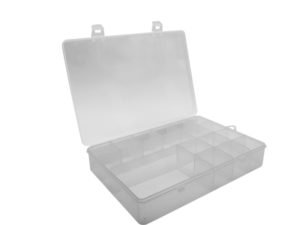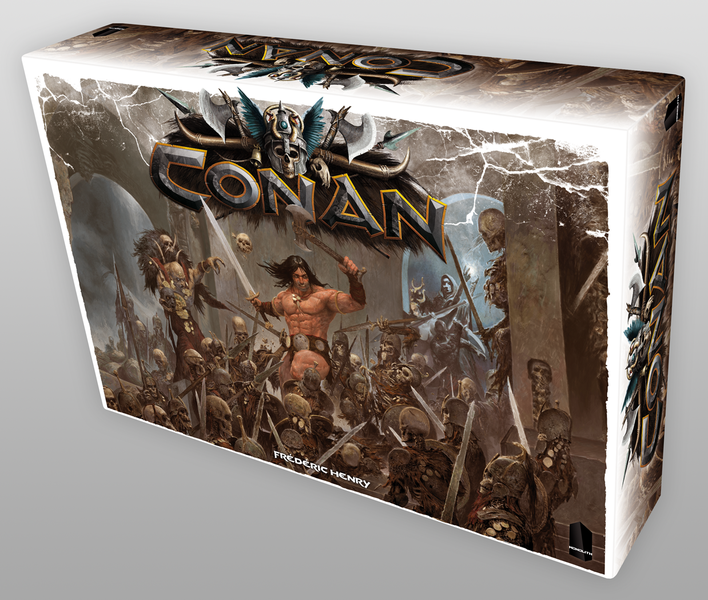It baffles me till this day how bigger is always better in America and Europe, even at the expense of higher cost of shipping and storage. Publishers are essentially paying money to ship and store “air”, as evident in the example of Splendor below.

The main reasons (that I can deduce) for having a bigger box than required are as follows:
- It is easier to grab the attention of the consumers
- It makes it justifiable to spend the kind of money suggested by the retailers
- The box size suggests the weightage and duration of the gameplay
Size does equate to the amount of appeal in a space-starved retail store. The grandeur of the game is in full display on the box, and the size justifies the price that consumers are paying. Box sizes can also be used to suggest the weightage and duration of the gameplay. This point is particularly valid in my experience whereby there are people whom I have met in Essen telling me that the box size for Lawless Empire is too small to reflect the actual duration of the gameplay (0.5hr/player; 3-5 players).

As much as I agree with some of the merits of having a bigger box than required, there are disadvantages that big box carries which goes beyond the aesthetics. Let me tell you why from the perspective of an Asian.
Real estate is a scarce and expensive commodity in Asia especially for more developed cities like Hong Kong, Singapore, Taipei, Shanghai, Tokyo and Beijing. People living in these cities are particularly practical about being efficient in using the available space they have. Therefore, storage space and table presence are two important consideration factors when purchasing a game. I have seen friends who have stored all the components of their games in plastics boxes with the game boxes put aside in an attempt to save storage space so that their spouses would stop nagging at them. We all know the pain of convincing your spouse that you have space for just one more game…

The scarcity of space is prevalent in the residential sector, as well as in commercial retail. With the sky-high rent, retailers are forced to be efficient in managing their retail space to drive sales and provide the variety of games that the consumers crave for. Put yourself in the shoes of a retailer, having to choose between placing a game of “Conan” on the shelf versus 10 games from “Oink Games” in the same exact shelf space. Now, imagine the nightmare of keeping “Conan” as inventory in the available storage at the back of the store.
I am not saying “Conan” is a bad game with a big box. On the contrary, it is an excellent game catering to a niche market with an inherent disadvantage of being packaged in a huge box. I am merely using “Conan” to illustrate the detriments of a game occupying a big shelf space which is magnified by a small floor-space driven by the high rent. In the current climate of the commercial retail space in Asia, retailers are forced to increase sales volume to cover the sky-high rent. Therefore, having boxes filled with air might not be the best solution to increase sales volume in a small retail space.


On the other end of the retail experience spectrum, E-commerce is playing a part in shaping the psyche and mentality of the new generations of Asian consumers. With Amazon Prime paving its way into South East Asia (Singapore being its first), Amazon amongst other E-commerce giants such as Alibaba and Sea Limited (the owner of the platform Shopee) are providing alternative avenues for board game purchases in Asia. More Asians are gravitating towards the whole online shopping experience for goods and services which ranges from purchasing of groceries to the ordering of a fake boyfriend/girlfriend. This whole culture of shopping online is, inevitably, being extended to board game purchases.
On top of providing an alternative avenue for shoppers, they have altered the experience of shopping altogether. The elements of attracting the eyeballs of shoppers are now less emphasized on the size of the box, but more on the art work, theme and graphics design since all games get the same “shelf-space” on an e-commerce platform regardless of its actual size.
Consumers are getting more price sensitive than ever before with the prices offered by online retailers being extremely competitive among themselves and, more often than not, much lower than brick-and-mortar retailers. Shipping fee is now an important consideration for online retailers since this will jack up the price of the purchase. Therefore, having a box size that truly reflects the required space is a win-win situation for all.
As much as I hate to say this… size, indeed, does matter.
Don’t wanna miss a blog post? Follow us on Facebook and Twitter or subscribe to our monthly newsletter at the bottom of the page!







4 Responses
It is easier to grab the attention of the consumers
It makes it justifiable to spend the kind of money suggested by the retailers
The box size suggests the weightage and duration of the gameplay
–> Reduces “shrinkage”, i.e., bigger games are harder to shoplift.
I think your third bullet isn’t a big deal.
American packages for all sorts of things are absurdly big so that they can’t be slipped into a pocket and walked out of a store. Often these are huge plastic “clamshells” that are damn near impossible to open.
Seems like theft is a tricky issue for retailers in the US.. now I understand why “clamshells” are so prevalent..
I’m a Canadian living in Singapore. This is a bigger issue than retailers may realize. My collection (purchases) would be twice its current level if I had space in my house. People in my gaming group take efficient packaging into account at purchase time. I’d like to see base games in smaller packages with expansions in boxes that accomodate the base plus the expansion (Pandemic: On the Brink). When I travel Oink games and Hive are my go-to picks. In the transition period between now and an era of realisticly-based packaging perhaps publishers can offer consumers choice and see what the market says. An Asian version?
I think retailers are fully aware of this issue but they are, frankly, at the mercy of publishers which made it a common practice to have oversized packaging in the first place. An Asian version would be really interesting to see however I don’t really see it happening since that would mean more SKUs and variations for publishers to manage.